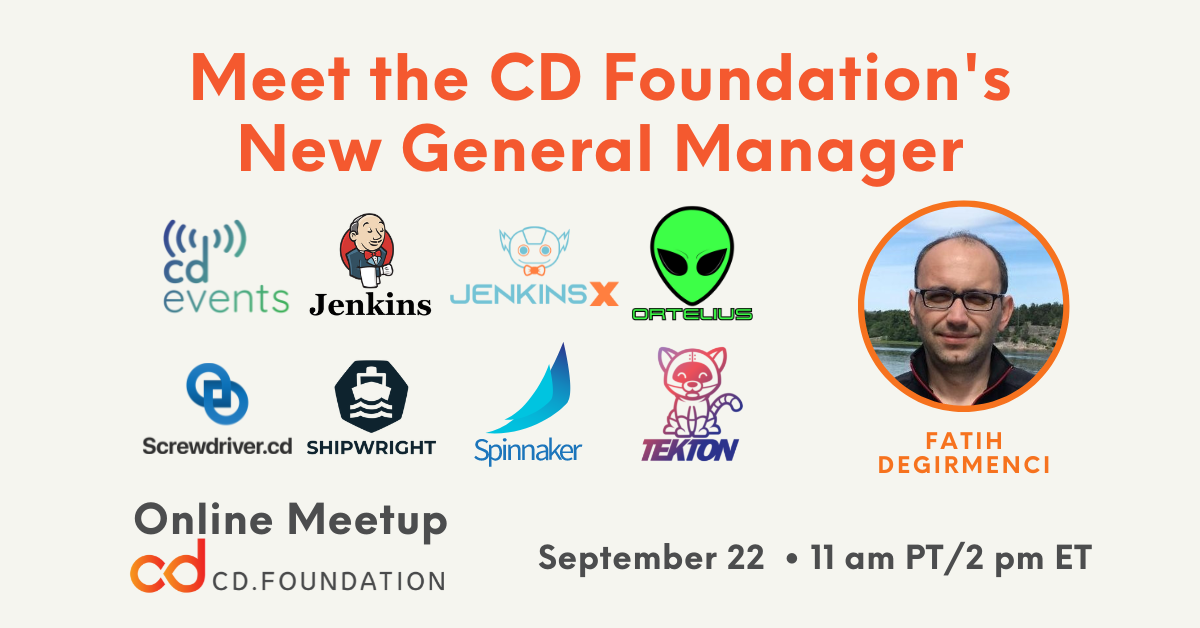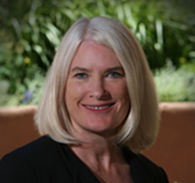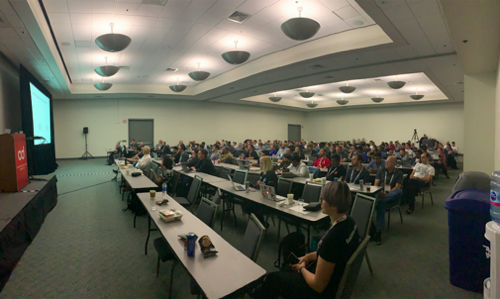By Tracy Ragan, CEO DeployHub, Inc. and CDF Board Member
Good news! The CD Interactive Landscape has been made public by the CD Foundation. You can find it at https://landscape.cd.foundation/.
What is an interactive landscape? The concept started when the CNCF began the process of cataloging different types of tools for building out a cloud native architecture. This led to the creation of the CNCF Interactive Landscape. Turns out this tool became very helpful to all of us sorting out this new and exciting modern architecture. In the interest of providing a similar reference, the CD Foundation defined their own version of the interactive landscape to help clarify the tools needed to adopt a fully automated CD process.
Who is the CD Foundation? The CD Foundation (CDF) serves as the vendor-neutral home for many of the fastest-growing projects for continuous integration and continuous delivery. The concept of the CDF was started by CloudBees and quickly accepted by thought leadership companies such as Google, CapitalOne, CircleCI, JFrog, IBM, Netflix, Salesforce, Huawei, DeployHub, Armory, WhiteSource, GitLab and others.
Why is the CD Interactive Landscape important? In today’s hybrid environment of both legacy and modern development platforms, there are hundreds of tools that help streamline the movement of code from development through production. There is a misconception that there is such a thing as a continuous delivery solution. However, according to the CDF, CD is defined as:
“CD is a software engineering approach in which teams produce software in short cycles, ensuring that it can be reliably released at any time. The rise of microservices and cloud native architectures has caused a corollary rise in continuous delivery practices. This is related to CI/CD that includes Continuous Integration (CI) — the practice of merging all developer working copies to a shared mainline several times a day.”
One of the primary goals of the CDF is to help drive the adoption of this practice. The practice relies on a set of tools to orchestrate, automate, configure, track and secure the Continuous Delivery approach. The CD Interactive Landscape is a tool for understanding the roles of each solution as defined by their core competency.
The CD Interactive Landscape is not a static document. It is intended to be expanded upon by the community of open source projects and commercial solutions that make continuous delivery possible.
This first version of the Landscape was created by members of the CDF and reviewed by the CDF Technical Oversight Committee (TOC) led by Kohsuke Kawaguchi – the creator of Jenkins and JenkinsX. This is not the end of our story. We are asking that the broader community, members and non-members of the CDF, begin updating the CD Interactive Landscape with new sections and tools, or even correct where a solution fits in – we could have gotten this wrong and apologize in advance if we did.
The guidelines and directions for updating the landscape can be found at: https://github.com/cdfoundation/cdf-landscape.
For a deeper dive on the landscape, view my presentation from CD Summit/KubeCon2019









